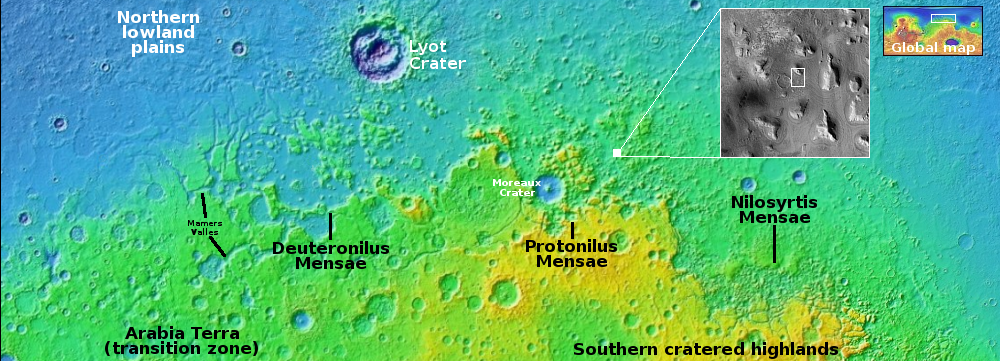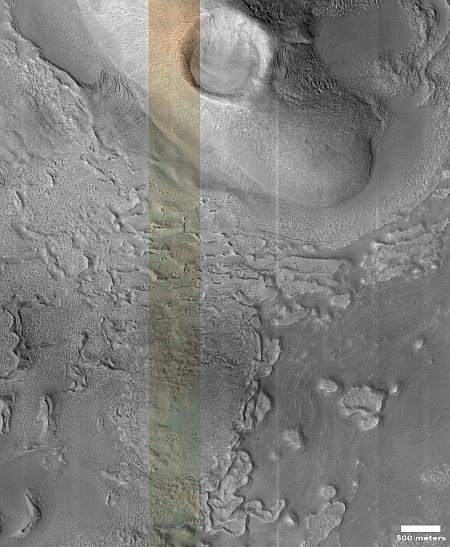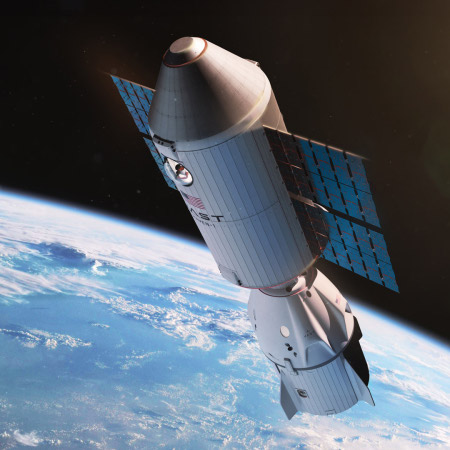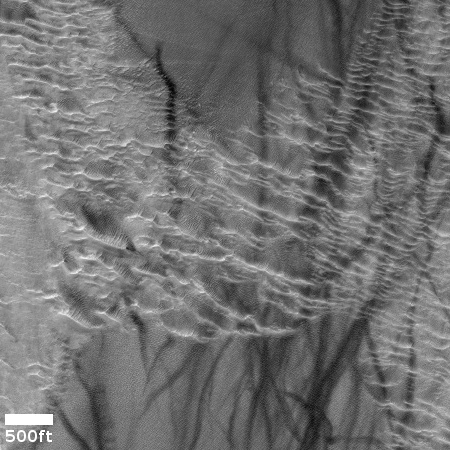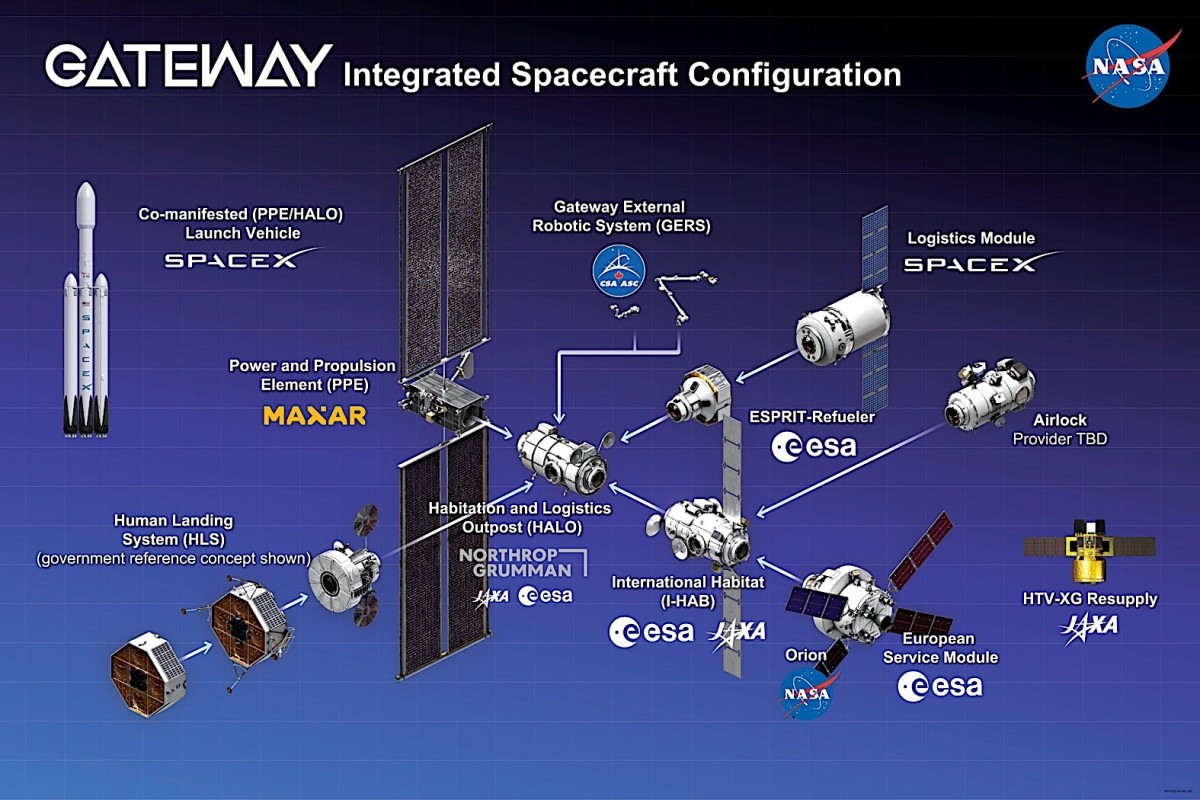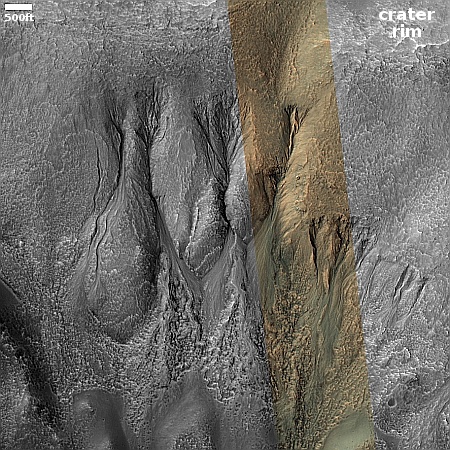Boeing notifies SLS employees of impending layoffs

The expected real per launch cost of SLS and Orion
Boeing yesterday sent a notice out to its employees working on NASA’s SLS rocket that up 400 could be laid off due to “revisions to the Artemis program and cost expectations.”
Boeing SLS employees were informed Feb. 7 that the company was making preparations to cut up to 400 jobs from the program because of “revisions to the Artemis program and cost expectations.” The specific positions being considered for elimination were not announced but would account for a significant fraction of the overall SLS workforce at the company.
This is probably the most significant update from the entire SLS program since it was first proposed by George Bush Jr in 2004. All other announcements either told us there were going to be more delays, the cost was going up, or there were newly discovered technical problems caused by bad management or sloppy work. This announcement instead actually indicates that NASA management — under pressure from the new Trump administration — is finally addressing these failures after two decades.
In the past few months there have been many indications from the swamp in Washington that it is finally beginning to recognize the absurdity and stupidity of the whole SLS/Orion infrastructure, a realization I outlined in detail fourteen years ago, soon after the project was reshaped from the absurd and stupid Ares project under Bush Jr. to SLS/Orion under Obama.
It took however the arrival of Trump (changed himself from his first administration) to do it. Trump is doing what no president has done in our lifetimes, going through all federal programs and ripping them apart if they are failing to do what they promise. And he is doing it with full and amazingly enthusiastic support of the American people. No one cares that government employees are “crying.” Nor does anyone pay attention any longer to these sob stories, put out by the propaganda press. It have proven itself to be habitual liars whose only interest has been prop up the Washington swamp, and everyone now recognizes it.
Expect a major reshaping of NASA and its entire manned program. We will still be heading to the stars, but finally doing it.

The expected real per launch cost of SLS and Orion
Boeing yesterday sent a notice out to its employees working on NASA’s SLS rocket that up 400 could be laid off due to “revisions to the Artemis program and cost expectations.”
Boeing SLS employees were informed Feb. 7 that the company was making preparations to cut up to 400 jobs from the program because of “revisions to the Artemis program and cost expectations.” The specific positions being considered for elimination were not announced but would account for a significant fraction of the overall SLS workforce at the company.
This is probably the most significant update from the entire SLS program since it was first proposed by George Bush Jr in 2004. All other announcements either told us there were going to be more delays, the cost was going up, or there were newly discovered technical problems caused by bad management or sloppy work. This announcement instead actually indicates that NASA management — under pressure from the new Trump administration — is finally addressing these failures after two decades.
In the past few months there have been many indications from the swamp in Washington that it is finally beginning to recognize the absurdity and stupidity of the whole SLS/Orion infrastructure, a realization I outlined in detail fourteen years ago, soon after the project was reshaped from the absurd and stupid Ares project under Bush Jr. to SLS/Orion under Obama.
It took however the arrival of Trump (changed himself from his first administration) to do it. Trump is doing what no president has done in our lifetimes, going through all federal programs and ripping them apart if they are failing to do what they promise. And he is doing it with full and amazingly enthusiastic support of the American people. No one cares that government employees are “crying.” Nor does anyone pay attention any longer to these sob stories, put out by the propaganda press. It have proven itself to be habitual liars whose only interest has been prop up the Washington swamp, and everyone now recognizes it.
Expect a major reshaping of NASA and its entire manned program. We will still be heading to the stars, but finally doing it.


